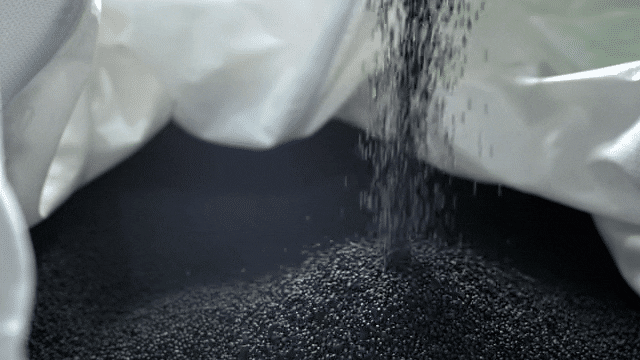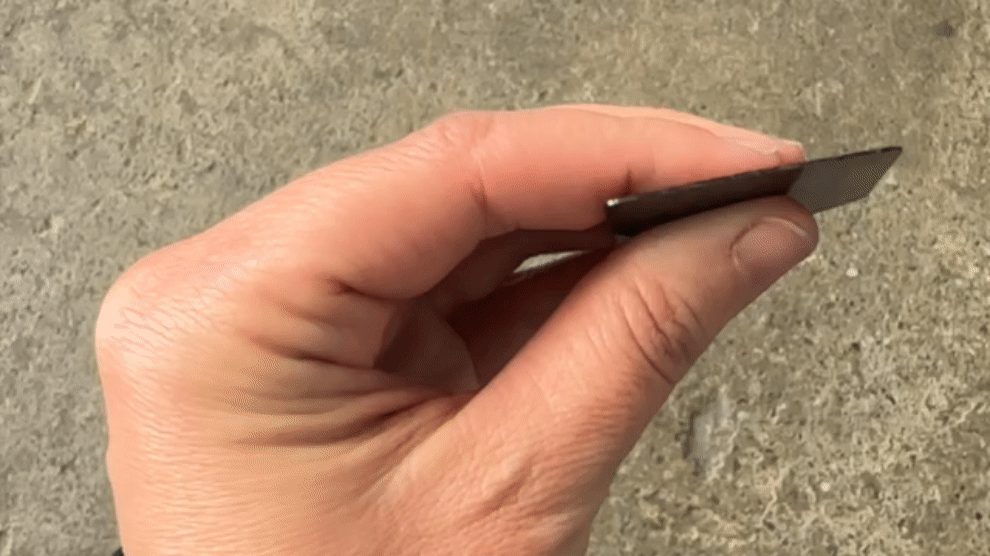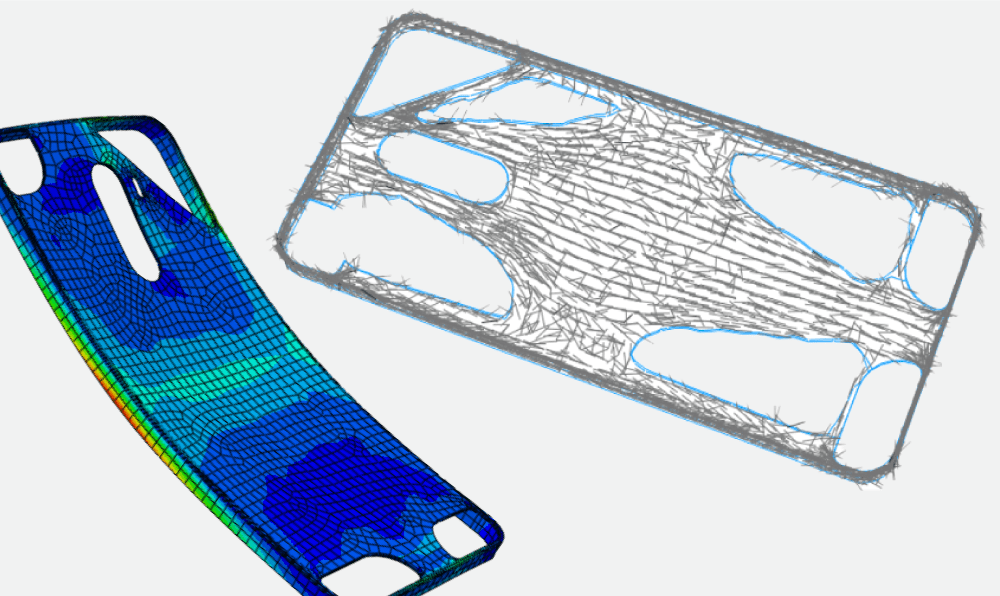Design, engineering, and manufacturing typically involve a lot of compromises, requiring complex assemblies of distinct parts and materials to make intelligent, high-performance products. Until now. Additive Molding™ eliminates the compromises behind suboptimal products. Precisely integrating multifunctional materials into a single composite part, design engineers can use one manufacturing process to simultaneously solve a complex set of engineering challenges.
Industry-Proven Materials
Used in Unprecedented Ways
ARRIS' Additive Molding™ technology integrates the most advanced materials in the world — from continuous carbon, kevlar, and glass fibers, into a vast range of industrial thermoplastics, embedded metals, and electronics. Combining engineering materials in unique ways enables leading brands to achieve new levels of performance at scale.
1
Wide range of materials options to address any application
2
Multifunctional parts through unique multi-material integration
3
Robust supply chain of proven materials with performance/cost optionality
Continuous Fiber
1
PERFORMANCE AT SCALE
Carbon, kevlar, and glass fibers are light, stiff, and strong — as a function of weight, their properties far exceed that of any metal or injection-molded materials. Historically, design constraints, manufacturing inefficiencies, and scalability shortcomings have limited the use of these optimal materials.
Continuous fibers such as carbon, kevlar, and glass deliver substantially greater stiffness and strength to weight of any metal or injection-molded materials. Aligned fibers, while used in aircraft and supercars, have not been possible in mass-market applications. ARRIS' Additive Molding™ efficiently aligns composite fibers to manufacture parts that outperform everything else.
1
Highest strength and stiffness to weight materials
2
Wide range of material attributes
3
High energy absorption and corrosion resistance
Thermoplastics
2

BETTER BY DESIGN
Whatever the engineering and environmental challenge, ARRIS' range of thermoplastics holds the solution. ARRIS uses the optimal thermoplastic for each application and environment.
Most continuous fiber composites are constrained by their reliance on thermoset resin systems. The thermoplastic molding revolution opened the door to the mass production of complex, tough, and recyclable products, but the composites industry has been slow to follow. Unlike thermoset resins, thermoplastics can be manufactured rapidly, without long curing times, and with less waste and energy.
ARRIS changes the composite paradigm, freeing top brands to leverage the versatile properties of a wide range of thermoplastic composites. Resulting products are beautiful, tough, recyclable, and scalable.
ARRIS changes the composite paradigm, freeing top brands to leverage the versatile properties of a wide range of thermoplastic composites. Resulting products are beautiful, tough, recyclable, and scalable.
1
Processing speed and surface quality
2
Recyclability and sustainability
3
Toughness
Continuous Fiber + Thermoplastics
3

MANUFACTURING, REDEFINED
Designers now have access to the performance of complex aligned continuous fibers and the versatility of thermoplastics. As a result, a new era of metal replacement has arrived as the world of high-performance aerospace composites has converged with the world of mass production molding.
Aerospace leaders have sought out the toughness and benefits of thermoplastic composites for decades. These materials development efforts have served as the foundation for the next generation of composites. Despite the desirable material properties of thermoplastics, limited manufacturing capabilities have slowed their adoption. ARRIS Additive Molding™ rewrites the rulebook, empowering designers and engineers to harness the scalability and benefits of thermoplastics and the performance of aligned continuous fibers within complex product designs.
By precisely aligning continuous fibers within thermoplastic resins, ARRIS delivers next-gen composites with unparalleled mechanical performance and previously unattainable scale. As a result, a new era of metal replacement has arrived where machined, additive-manufactured / 3D-printed, metal-casted, metal injection–molded and metal-overmolded products can be replaced with superior composite designs.
By precisely aligning continuous fibers within thermoplastic resins, ARRIS delivers next-gen composites with unparalleled mechanical performance and previously unattainable scale. As a result, a new era of metal replacement has arrived where machined, additive-manufactured / 3D-printed, metal-casted, metal injection–molded and metal-overmolded products can be replaced with superior composite designs.
1
Composites replace metal in a wide range of applications
2
New levels of performance come to mass-market products
3
New designs come from leading innovators across industries
Embedded Components
4

BEYOND MECHANICAL
Product design engineers pay close attention to material properties in an ongoing pursuit of the right component design, made of the right material, in the right place to meet a product's various functional requirements. But what if engineers could specify different material properties, within regions of a single part? With Additive Molding™ they can. As a result, the product improves in two important ways: the part count goes down and the performance goes up.
ARRIS' continuous fiber composites outperform all other materials while providing the ultimate in cost-effective scalability. But with Additive Molding™, that’s just the beginning. Designers can also integrate multifunctional materials — such as metallic threaded inserts or pins, RF transparent windows, thermal insulation or heat sinks, or tough impact zones — into their products.
Even functioning electronic components can be embedded into lightweight composite structures, allowing wires and circuits, sensors, and antennae to be integrated seamlessly.
Even functioning electronic components can be embedded into lightweight composite structures, allowing wires and circuits, sensors, and antennae to be integrated seamlessly.
1
Highly suited to highly integrated product design
2
The thinnest walls and features enable the most compact designs
3
Embedded electronics like wires, circuits, sensors, and antennae
Multifunctional performance through material combinations
Contact Us
Ask us more about our materials options and how to select the best combinations to solve your toughest design and engineering challenges.
Contact Us

